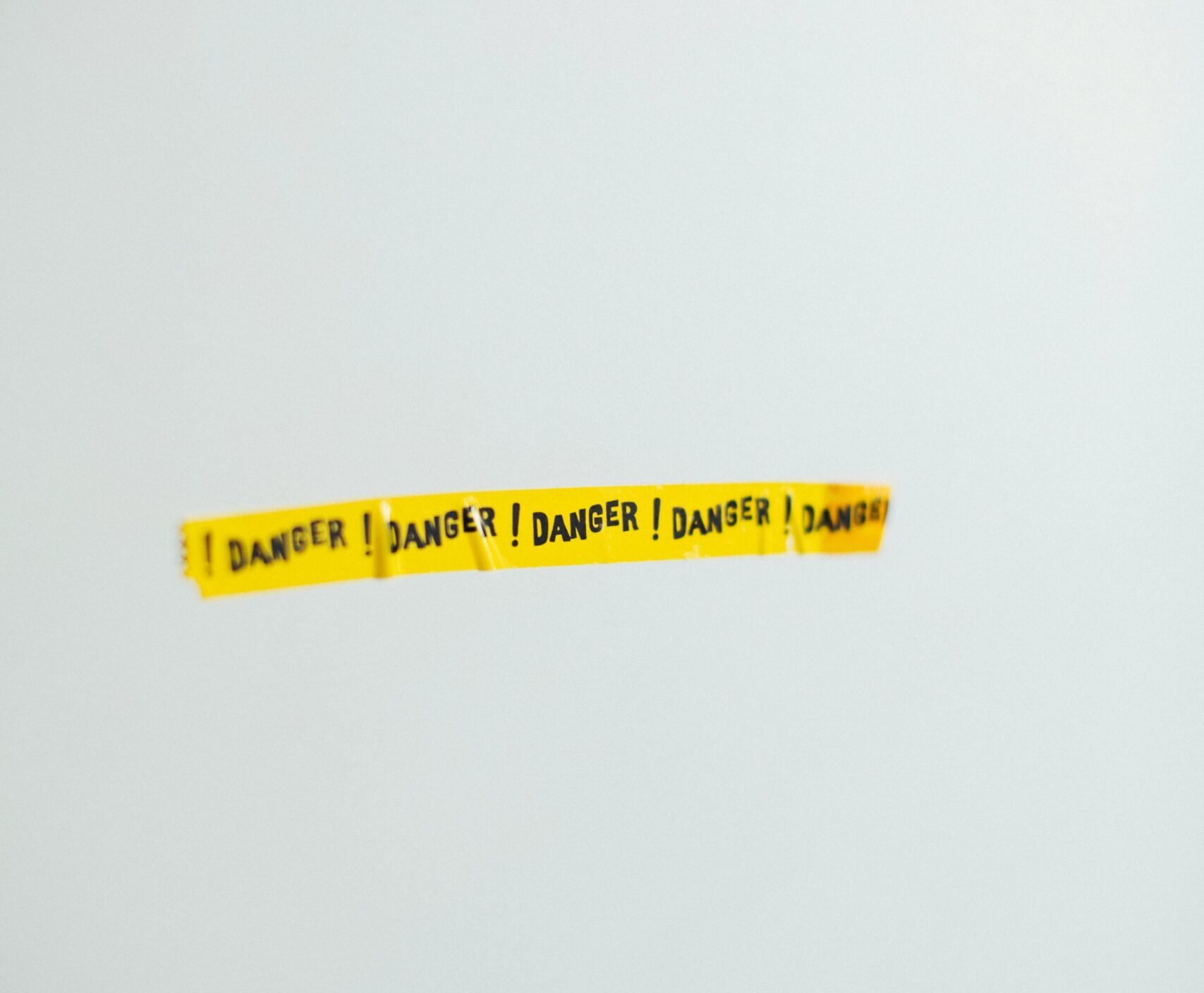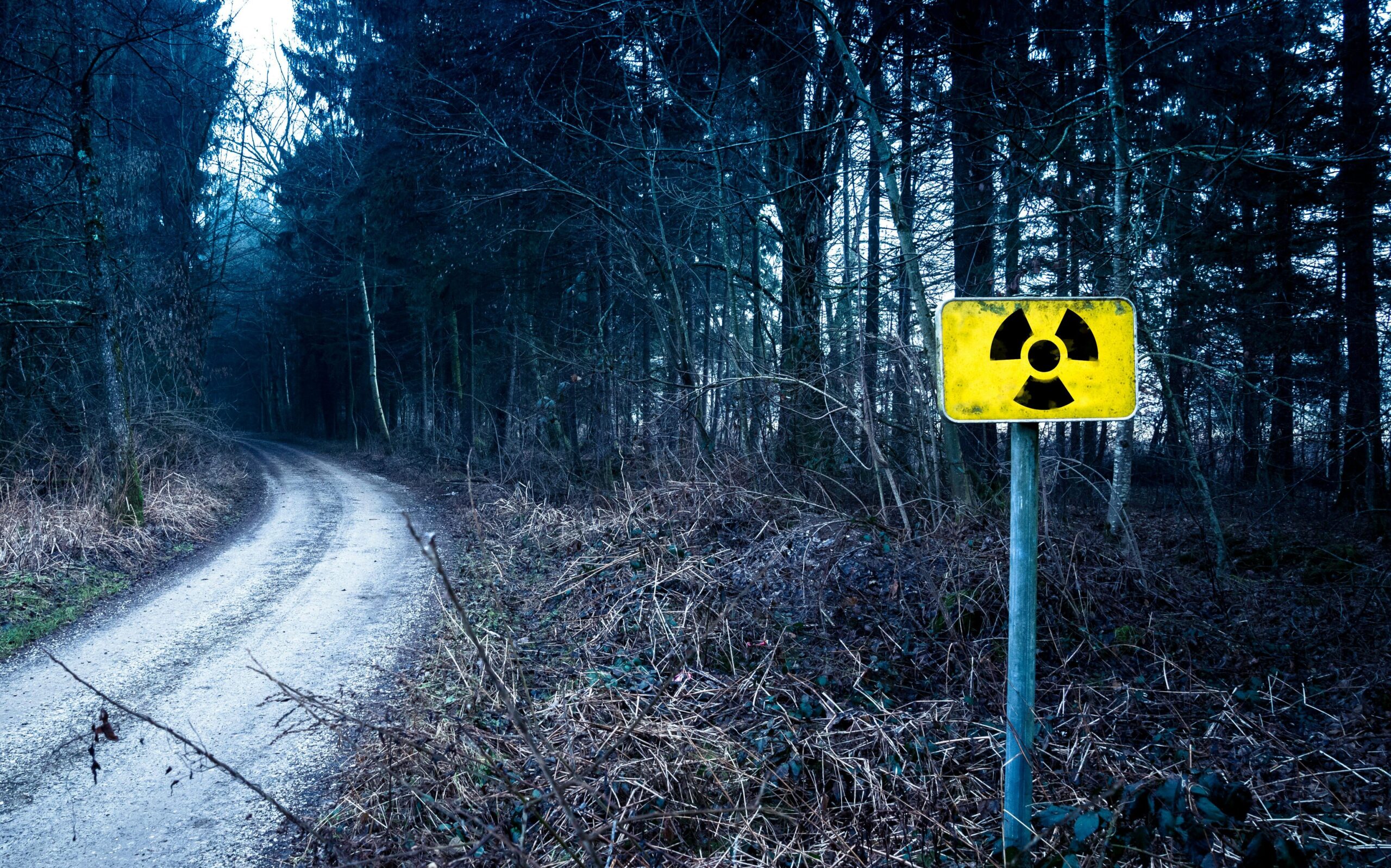- FOOD
5 Oat Milk Nutrition Facts and Health Benefits Explained


When danger strikes, shouting “Help!” isn’t always the safest or smartest option especially in crowded public places, sensitive institutions, or during high-stakes emergencies. That’s where secret code words come in. Used in hospitals, hotels, schools, airports, and even social media, these phrases allow trained personnel to communicate threats quietly and act swiftly often without alarming the people around them.
You may have heard terms like “Code Red” or “10-33,” but do you know what they really mean? Some are used to protect the vulnerable. Others could mean an active threat, like a fire, bomb scare, or hijacking. From military signals to distress codes used in restaurants and on TikTok, here are 20 real-world code words and the surprising stories behind them.
Originally created by Walmart, “Code Adam” alerts employees that a child has gone missing in the store. Doors are monitored, and staff discreetly search every aisle. Named after Adam Walsh, a young boy tragically abducted in 1981, this code is now used in malls, theme parks, and public buildings across North America.
This widely known emergency code signals a fire. Used in hospitals, schools, and retail spaces, it prompts trained personnel to follow fire protocols while avoiding mass panic. Overhead announcements like “Code Red, third floor” help staff act quickly without alarming customers or patients.
In theaters, casinos, or hotels, if you hear someone ask for “Mr. Sands,” don’t expect to meet him—this phrase signals a fire emergency and the need for evacuation. It originated from the days when sand was used to put out fires, and it’s still in use to this day to quietly maintain order.
When there’s an active shooter or weapon-related threat, institutions use “Code Silver.” Common in hospitals and school settings, this code prompts an immediate lockdown and alert to security without saying “shooter” over a public PA system.
If someone announces a “Code Black,” it usually means a bomb threat or suspicious package has been detected. While meanings vary by location, it generally instructs staff to search for items out of place and follow bomb threat protocol.

This phrase became part of the “Ask for Angela” campaign—a way for people, especially women, to seek help discreetly in bars or clubs when feeling unsafe. Asking this question alerts staff to intervene or remove the guest from danger without escalating the situation.
Popularized during the COVID-19 pandemic, this simple one-handed gesture—palm out, thumb in, fingers folded over—became a silent way to ask for help from abusive situations. It’s recognized internationally and widely shared on social media platforms like TikTok.
This police radio code means “Emergency—officer needs assistance.” It’s a critical alert in law enforcement that prompts immediate backup. When an officer says “10-33,” it could mean they’re in serious danger and need help fast.
In hospitals, “Code Blue” is called when a patient is in cardiac or respiratory arrest. This activates a rapid response from a medical team trained in life-saving interventions like CPR or intubation.
This hospital code is used when an infant is abducted or goes missing from a maternity ward. Immediate lockdown procedures go into effect, and all staff are instructed to watch exits and monitor suspicious behavior.
In aviation, if a pilot radios “7500,” it’s a silent distress code for hijacking. Air traffic control knows to alert authorities and avoid tipping off the hijacker by responding calmly while activating emergency procedures.
Short for “Defense Readiness Condition,” DEFCON is a military system of alert levels. DEFCON 5 means peacetime, while DEFCON 1 signals nuclear war. Though rarely discussed in real time, this code structure is crucial for national security readiness.
This dramatic-sounding code refers to an incident involving a lost or compromised nuclear weapon. It’s used within the U.S. military and nuclear response teams. Despite the alarming name, it doesn’t always mean detonation—it often indicates loss of control or safety breach.

Commonly used on cruise ships and in hospitality settings, “Code Bravo” signals a fire on board. The use of this code allows crew members to prepare emergency equipment and initiate fire protocols while keeping passengers calm.
In many hospitals, “Code White” indicates a violent or aggressive individual—whether a patient, visitor, or staff member. It triggers a response team trained to de-escalate dangerous situations without force if possible.
While meanings vary, “Code Yellow” often refers to a missing adult patient (e.g., someone with dementia) or a hazardous spill. Hospitals use it to signal caution and begin containment or search efforts quickly and quietly.
Used in aviation and maritime communications, “Pan-Pan” means there’s an urgent situation that’s not immediately life-threatening. It ranks just below “Mayday,” allowing pilots or captains to request attention without declaring an all-out emergency.
In cruise and naval communication, this phrase is repeated to signal a man overboard. It activates search and rescue efforts immediately. The repetition ensures clarity over noisy ship radios or public address systems.
“Code Orange” typically signals a hazardous material spill or contamination risk. Found in hospitals and labs, it prompts protective measures such as isolation, decontamination, and alerts to emergency cleaning crews.
Used on Reddit and Discord forums, this seemingly harmless sentence is actually a mental health code. Some use it to indicate that they are not okay or feeling overwhelmed, without alerting others in potentially unsafe spaces. Moderators or friends trained to recognize the phrase can then check in privately.
These secret code words might seem cryptic, but they serve an important purpose: protecting people without creating chaos. From helping lost children to stopping violent threats, they are a quiet shield behind the scenes of everyday life. Learning them could one day help you respond or get help when it matters most.